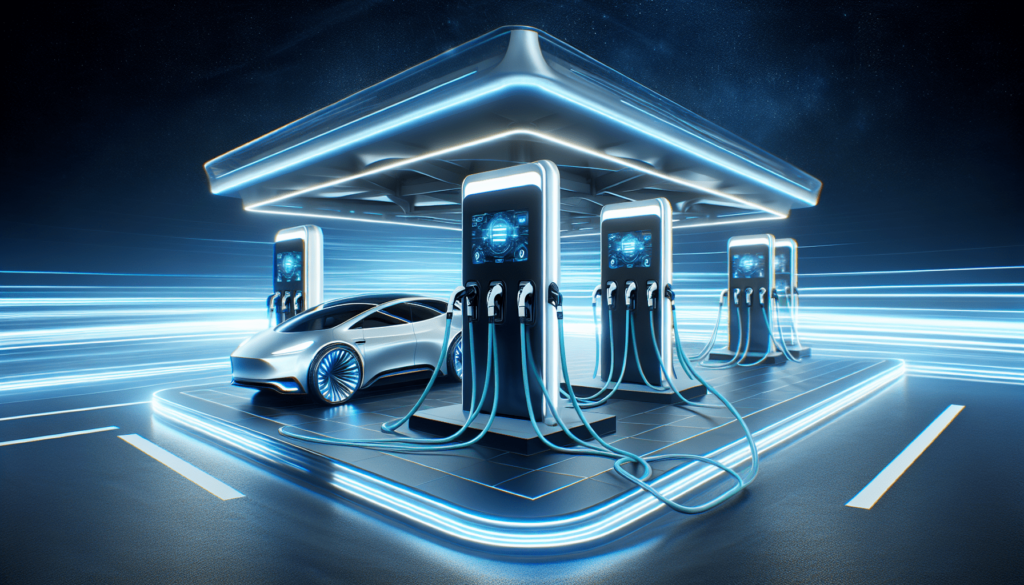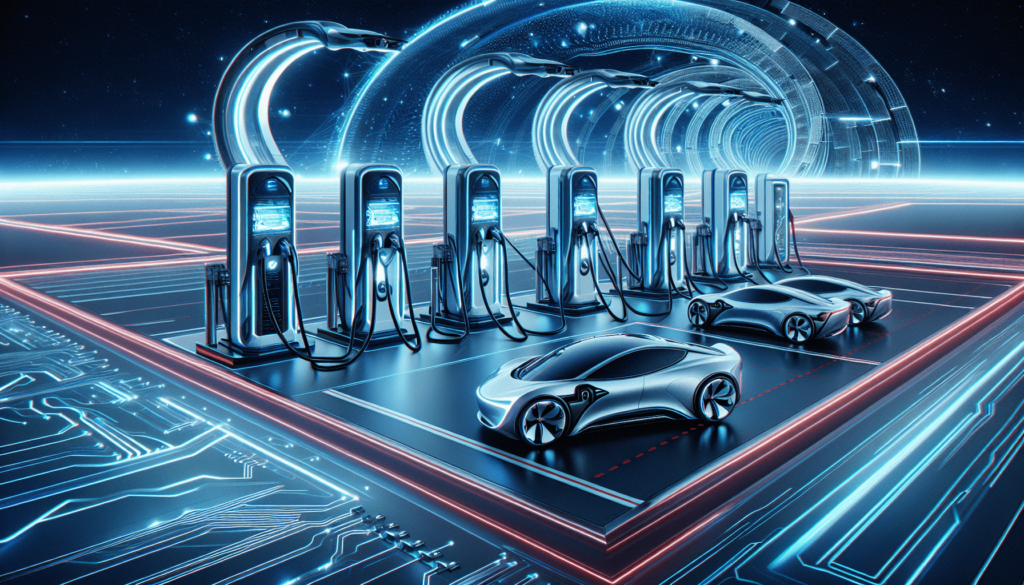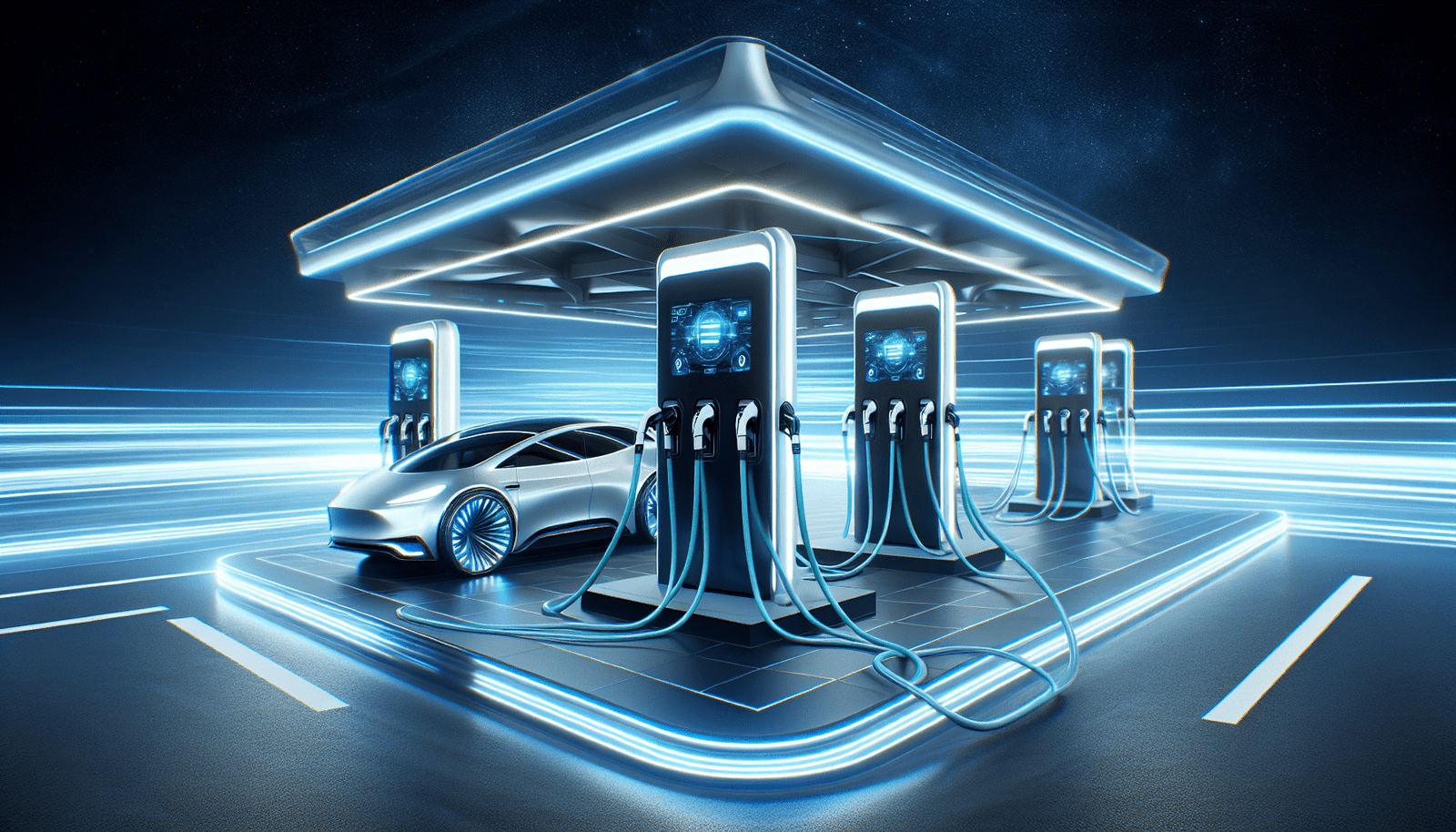Welcome to the fascinating world of electric vehicles! As the demand for electric cars continues to grow, a pressing issue that many manufacturers are actively addressing is charging speed limits. In order to make EVs more convenient and practical for consumers, companies are investing in innovative technologies and infrastructure to improve charging speeds and make the transition to electric vehicles easier. Let’s explore how some of the leading manufacturers are tackling this challenge head-on. How are electric vehicle manufacturers addressing charging speed limits?
Have you ever wondered how electric vehicle manufacturers are tackling the issue of charging speed limits? With the rise in popularity of electric vehicles, one of the major concerns for consumers is the time it takes to charge their vehicles. In this article, we will explore the different strategies that electric vehicle manufacturers are implementing to address charging speed limits and make electric vehicles more convenient and accessible for everyone.
Current State of Electric Vehicle Charging Speed Limits
Let’s start by looking at the current state of electric vehicle charging speed limits. The time it takes to charge an electric vehicle can vary depending on the type of charger being used, as well as the capacity of the vehicle’s battery.
Level 1 Charging
Level 1 chargers are the slowest type of chargers, typically providing around 4-5 miles of range per hour of charging. These chargers are usually found in residential settings and are convenient for overnight charging. However, the slow charging speed may not be practical for those who need to quickly top up their battery.
Level 2 Charging
Level 2 chargers are faster than Level 1 chargers, providing approximately 15-25 miles of range per hour of charging. These chargers are commonly found in public charging stations, workplaces, and commercial settings. While level 2 chargers are faster than level 1 chargers, they still may not be fast enough for those who are on the go and need a quick recharge.
DC Fast Charging
DC fast chargers are the fastest type of chargers currently available, providing up to 60-80 miles of range in just 20 minutes of charging. These chargers are typically found along highways and in high-traffic areas to allow for quick charging stops during long road trips. However, the availability of DC fast chargers is still limited compared to level 2 chargers, making it challenging for some electric vehicle owners to access fast charging options.

This image is property of pixabay.com.
Strategies for Increasing Charging Speeds
To address the issue of charging speed limits, electric vehicle manufacturers are implementing various strategies to improve charging speeds and make electric vehicles more practical for everyday use.
Battery Technology Advancements
One of the key strategies for increasing charging speeds is through advancements in battery technology. Manufacturers are constantly working on developing batteries with higher energy density and faster charging capabilities. By improving the efficiency of batteries, electric vehicles can be charged more quickly and provide longer driving ranges.
High-Power Charging Infrastructure
Another important strategy for increasing charging speeds is the development of high-power charging infrastructure. Companies like Tesla and Electrify America are investing in fast-charging networks that can provide up to 350 kW charging speeds. These high-power chargers can significantly reduce charging times and make electric vehicles more convenient for consumers.
Vehicle-to-Grid Technology
Some manufacturers are exploring vehicle-to-grid technology, which allows electric vehicles to not only receive power from the grid but also to store and provide power back to the grid when needed. This bidirectional charging capability can help balance the demand for electricity and reduce strain on the grid, while also providing faster charging speeds for electric vehicles.

This image is property of pixabay.com.
Innovations in Charging Technology
In addition to improving charging speeds through advancements in battery technology and charging infrastructure, manufacturers are also developing innovative charging technologies to further enhance the charging experience for electric vehicle owners.
Wireless Charging
Wireless charging technology is gaining popularity in the electric vehicle market, offering a convenient and hassle-free way to charge your vehicle. With wireless charging pads installed in parking spaces, drivers can simply park their vehicle over the pad to start charging, without the need to plug in a cable. While wireless charging is still in the early stages of adoption, it has the potential to revolutionize the way we charge electric vehicles in the future.
Ultra-Fast Charging
Ultra-fast charging technology is another innovation that is making it possible to charge electric vehicles even faster than before. Companies like Porsche and BMW are developing ultra-fast chargers that can provide charging speeds of up to 450 kW, allowing for rapid charging times of just a few minutes. This technology is still in the testing phase but holds significant promise for reducing charging times and making electric vehicles more convenient for consumers.
Smart Charging Solutions
Smart charging solutions are also being developed to optimize the charging process and reduce charging times. These solutions use artificial intelligence and predictive analytics to assess energy demand, pricing, and grid capacity to determine the best time to charge your vehicle. By charging during off-peak hours or when renewable energy sources are plentiful, smart charging solutions can help reduce charging times and lower energy costs for electric vehicle owners.

Conclusion
In conclusion, electric vehicle manufacturers are actively addressing charging speed limits through a combination of battery technology advancements, high-power charging infrastructure, vehicle-to-grid technology, and innovative charging technologies. By improving charging speeds and making electric vehicles more convenient and accessible, manufacturers are paving the way for a future where electric vehicles are the norm rather than the exception. With continued research and development, we can expect to see even faster charging speeds and more efficient charging solutions in the years to come. So, the next time you’re considering an electric vehicle, rest assured that charging speed limits are being addressed to make your driving experience as seamless and hassle-free as possible.


